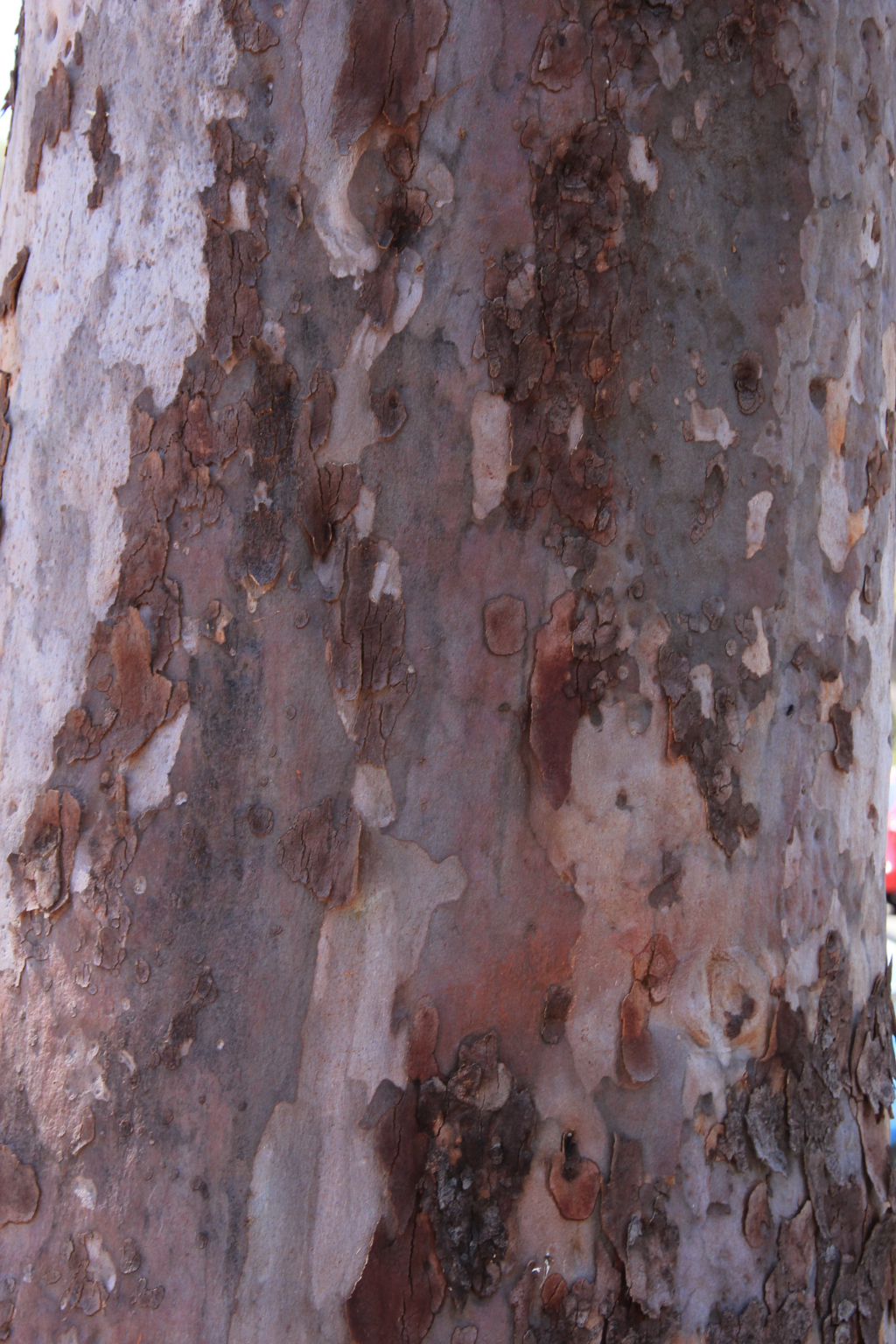Angophora costata
(Gaertn.) BrittenTree, usually 15–30 m high, often with crooked branches, crown spreading; bark pink to orange, weathering to grey, smooth, shedding in small scales. Juvenile leaves elliptic to ovate, 6–12.5 cm long, 2–6.5 cm wide, glabrous, base auriculate, apex acute; adult leaves lanceolate, sometimes falcate, 7–19 cm long, 1.2–3.5 cm wide, ± glabrous, discolorous. Peduncle 7–18 mm long, glabrous or densely covered with bristles and hairs. Flower buds ovoid or globose, 3, rarely 7 per peduncle; calyx lobes to c. 3 mm long; petals orbicular, 3–4 mm long, 3–4 mm wide, glabrous; stamens numerous, filaments to c. 7 mm long; style to c. 4 mm long. Fruit ovoid or campanulate, 9–18 mm long, 9–17 mm wide, usually prominently ribbed, glabrous and smooth or pubescent and tuberculate.
Wim, VVP, GipP, OtP, WaP, Gold, CVU, DunT, HSF, Strz. Native to New South Wales and Queensland, commonly cultivated as an ornamental, occasionally spreading from nearby planted trees in Victoria.
3 subspecies distinguished by differences in fruit size and presence or absence or ribs. Only A. costata subsp. costata is present in Victoria.
 Spinning
Spinning



